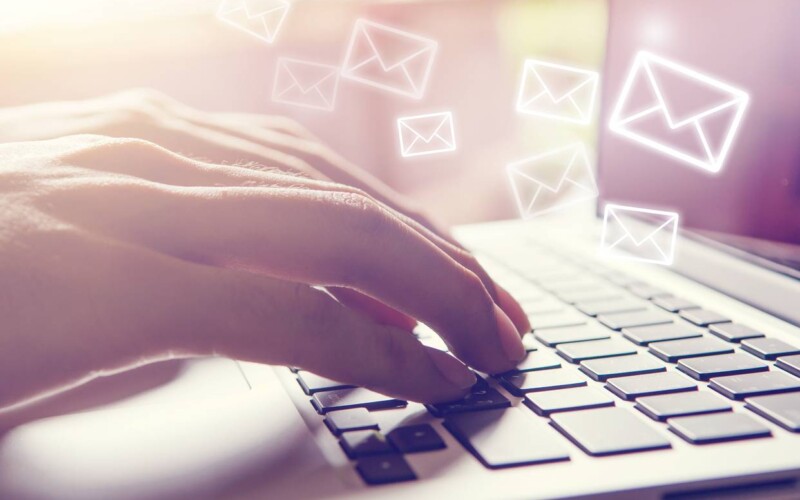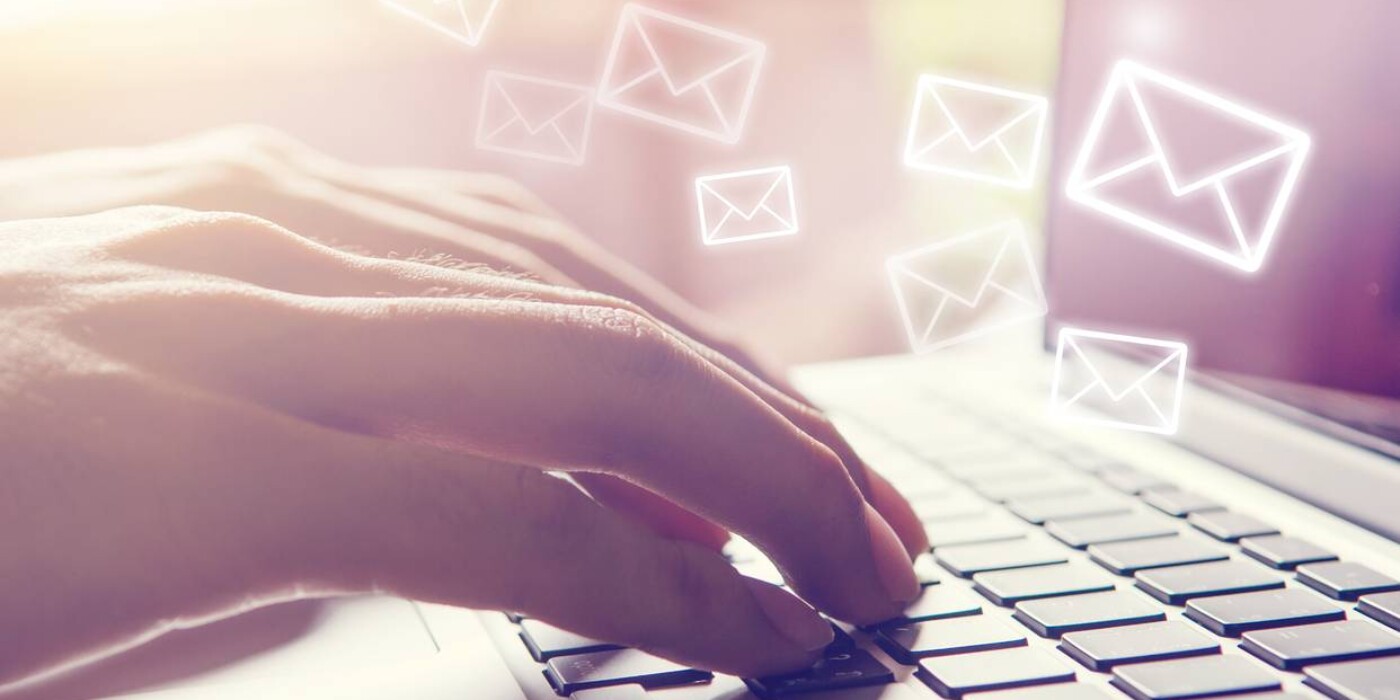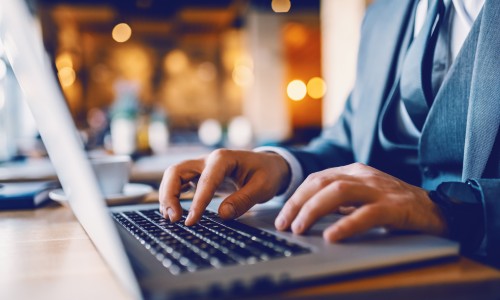1 March 2024
Essential email etiquette rules for professionals
You may take email correspondence for granted, but there are some important rules and protocols to observe if you want to maintain a professional approach and image.


Use a professional email address
A professional email address would normally include just your name. Avoid using unprofessional nicknames, slang, numbers, or gimmicky language. Your email address is often the first thing that new clients or colleagues notice about you, so make sure you do not leave a negative impression.
Write a simple and clear subject line
Keep your subject line short and to the point, and make sure it reveals the purpose of your email. A vague or misleading subject line could deter the recipient from opening your email or make them think your message is spam.
Know when to reply to all
Always think twice before pressing the ‘Reply all’ button. Do all recipients need to receive your email or is it addressed to just one person? No one likes receiving irrelevant emails, so make sure your messages are sent to the appropriate people.
Casual vs professional greetings
If the recipient is a new colleague or client, or someone that you do not know well, make sure you start your email with a neutral greeting (e.g. “Dear…”). Avoid using “Hi”, “Hiya” or addressing the person by their first name. Depending on the recipient, after a few exchanges, you can start using more casual greetings.
Stick to simple and classic fonts
Stick to your mailing client’s standard font and font size. Using multiple fonts and font colours can make your email hard to read and is generally avoided by serious professionals.
Break text into paragraphs
If you want to cover several topics in your email, break them into paragraphs. You can even add small sub-headings for each one. This will make your email significantly easier to read and understand.
Avoid emojis
Emojis should be avoided in work emails, especially if your recipient is a client or someone you do not know very well.
Avoid exclamation marks
Exclamation marks should be used very sparingly in work emails. They often convey strong emotions, which have no place in professional correspondence. Sentences with exclamation marks may also be misconstrued as aggressive, so it is best to stay away from them.
Be careful with humour
Using humour in work emails is not bad in itself, but different people find different things funny. This is especially true when you are communicating with colleagues or clients from a different culture. What is funny to you might be offensive to the other person. It is best to use humour only if you know the recipient very well.
Use a professional signature
A good email signature is a nice finishing touch for every email. Keep your signature simple, avoid using too many logos, and make sure your details, like job role, department, and company phone and address are included.
Proofread before sending
A common mistake is that people read their emails carefully only after they have sent them. Read your email at least once before sending it to check for spelling and grammatical errors. Typos, wrong numbers and other language errors can leave a bad impression or even cost your company money.
Double-check the recipient’s address
Another thing that you should always do before pressing the “Send” button is to check the recipient’s email address. Make sure you do not send your email to the wrong person.
Try to reply within one business day
Sometimes work can be overwhelming, but in general try to answer emails within one business day. If you cannot provide a full answer, send a holding message, explaining when the recipient will hear from you.
Set an Out of Office (OOO) when you are away from work
If you are going to be off work for a few days, set an OOO message. That way, if someone sends you an email while you are away, they will receive an automatic reply informing them that you are not at work. You can customise your OOO message to add the date of your return or even a back-up contact person.





